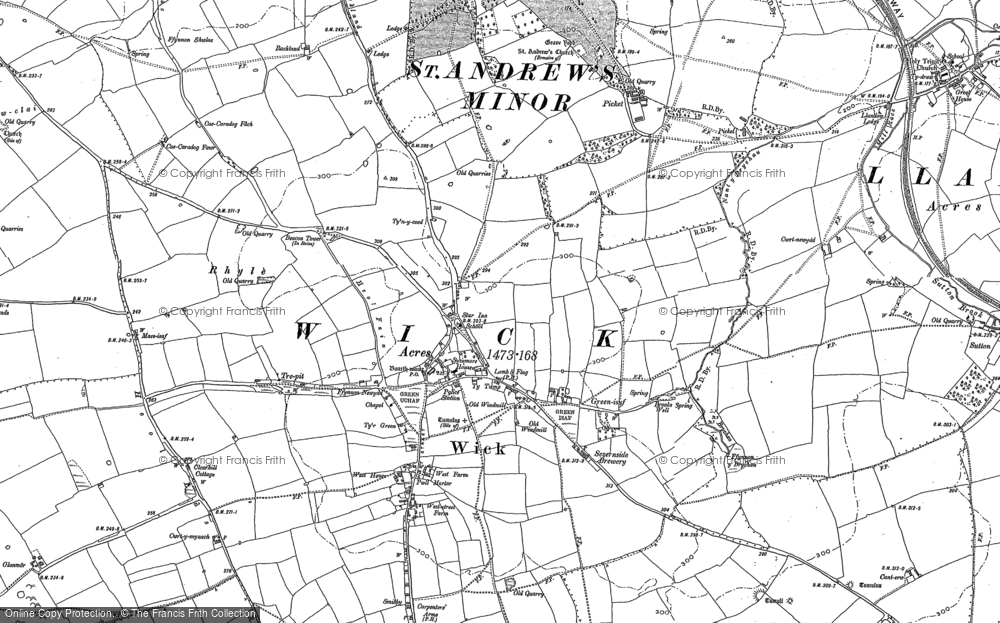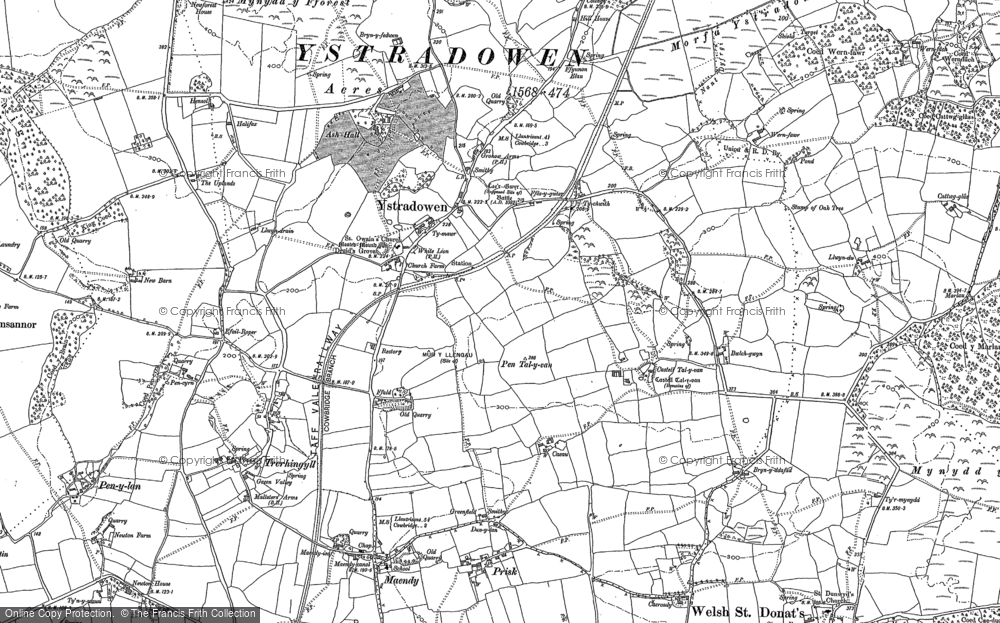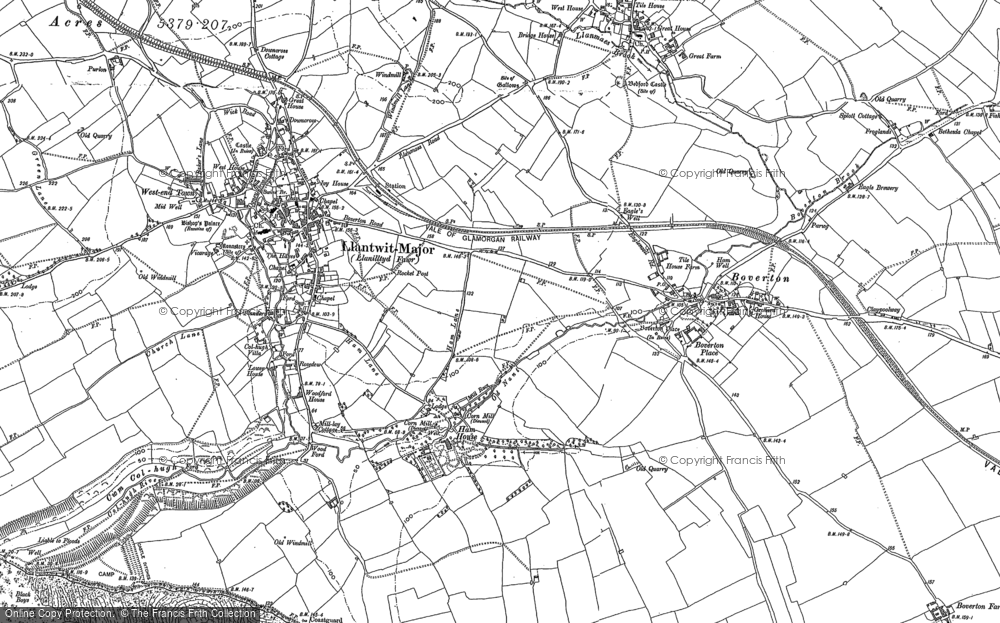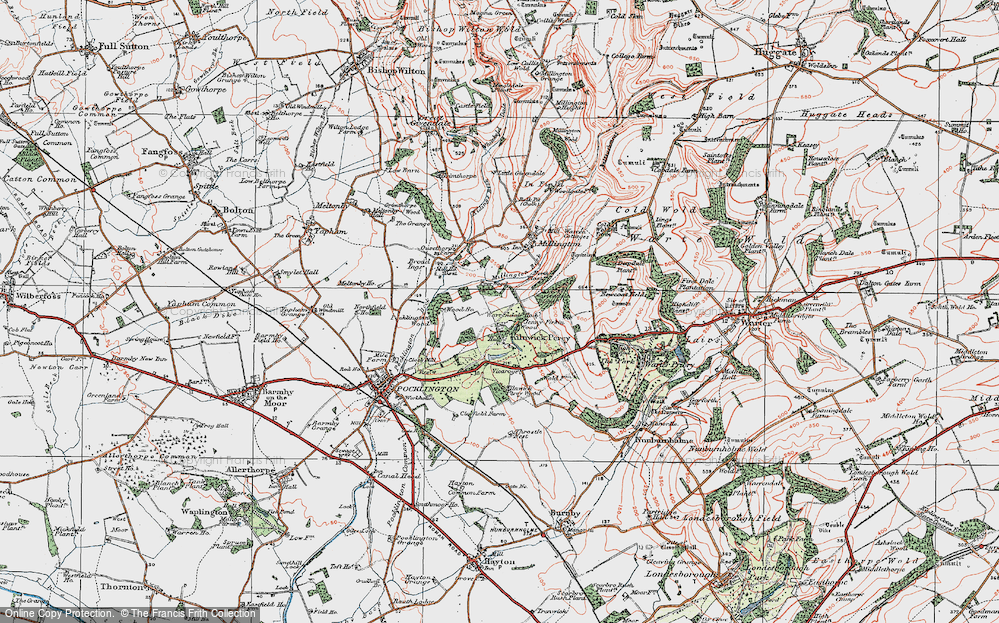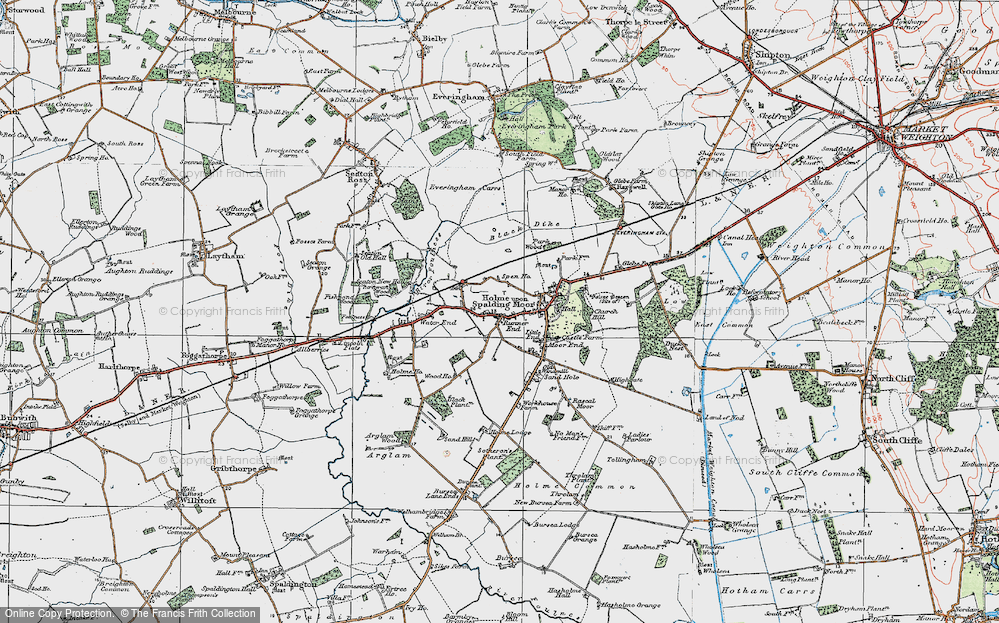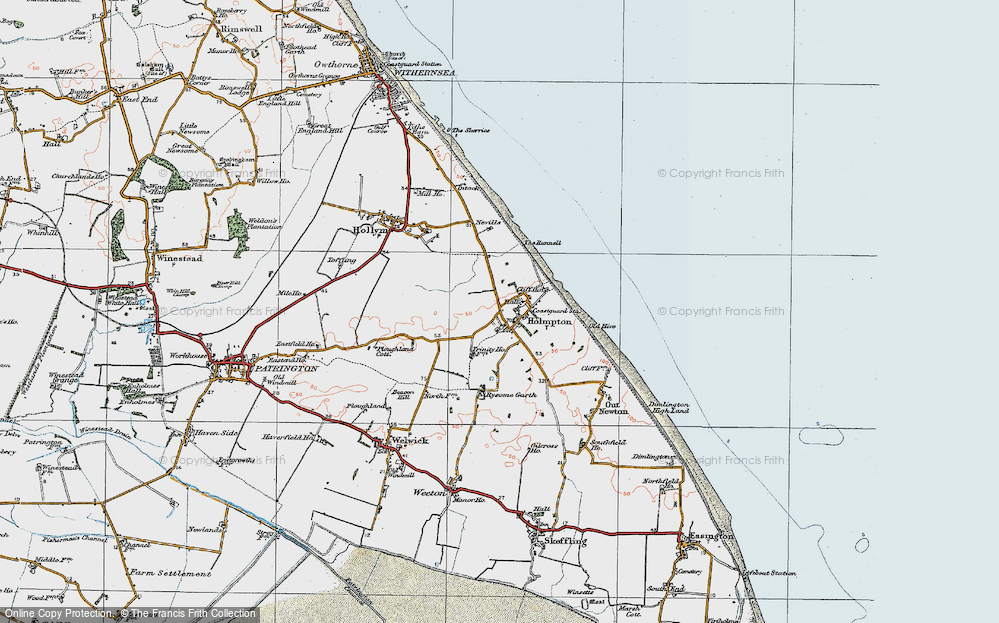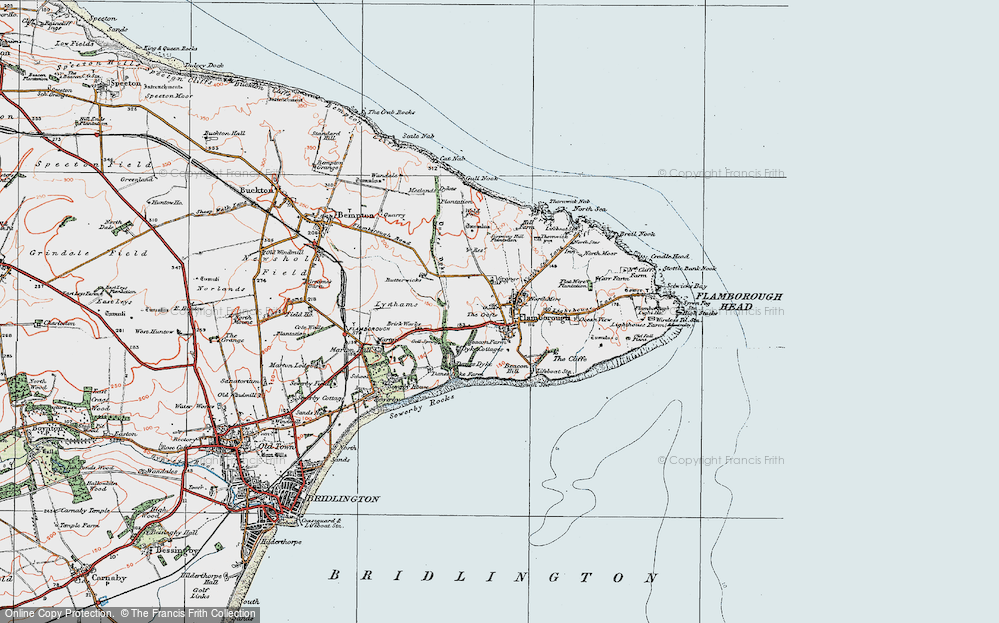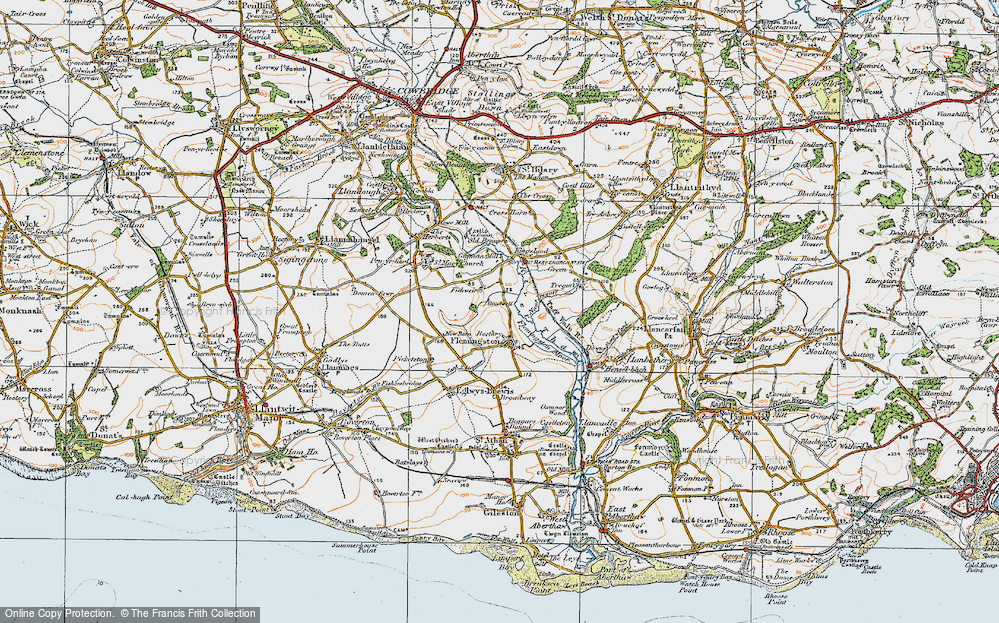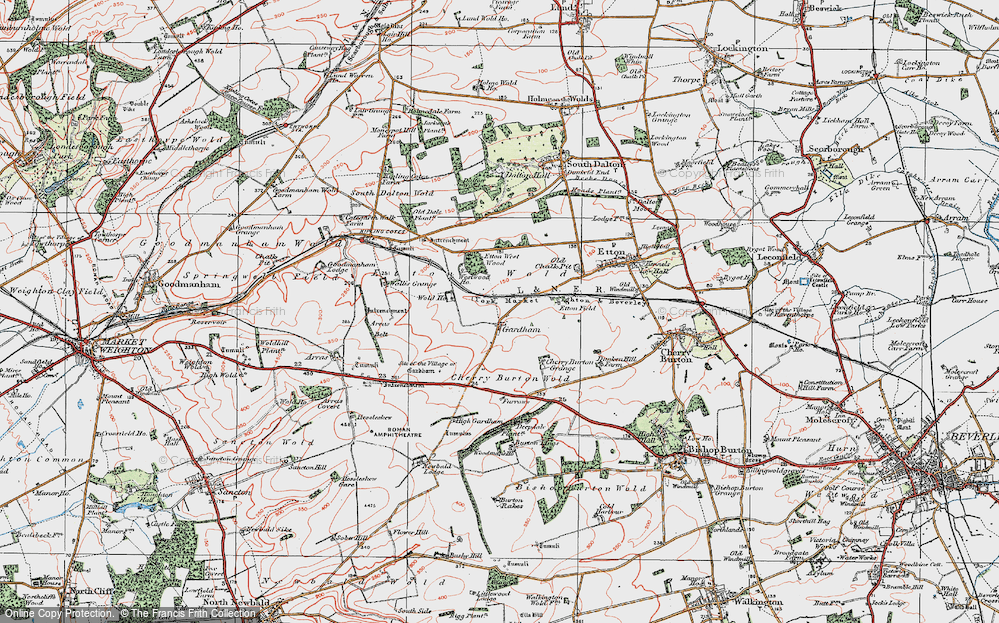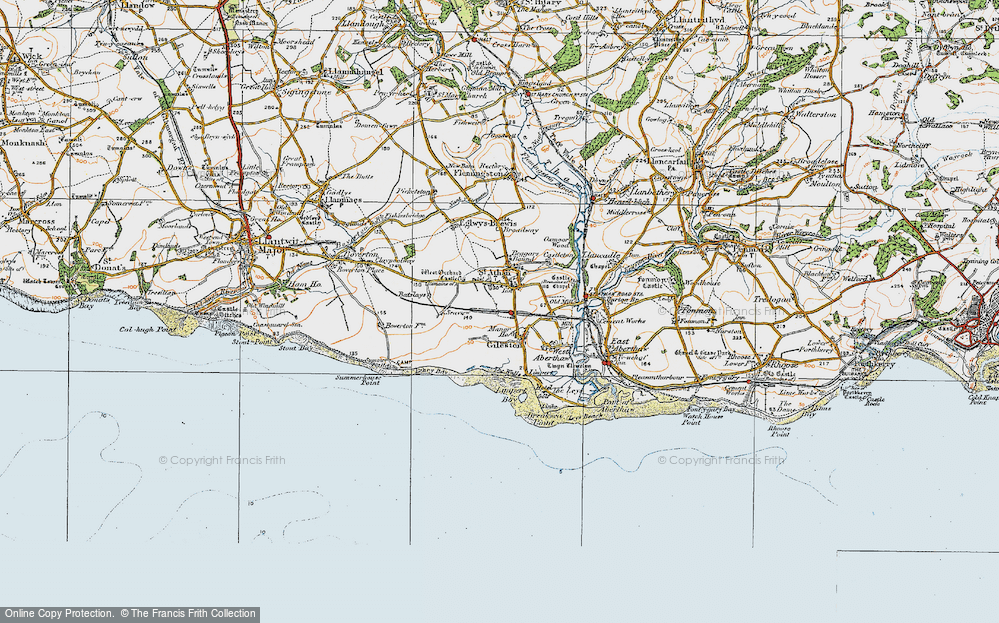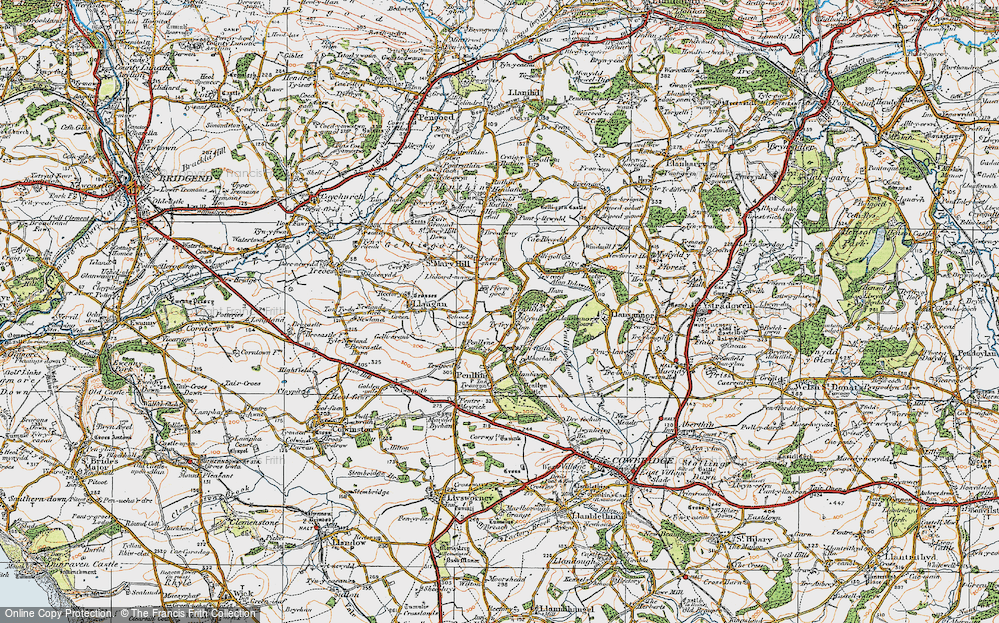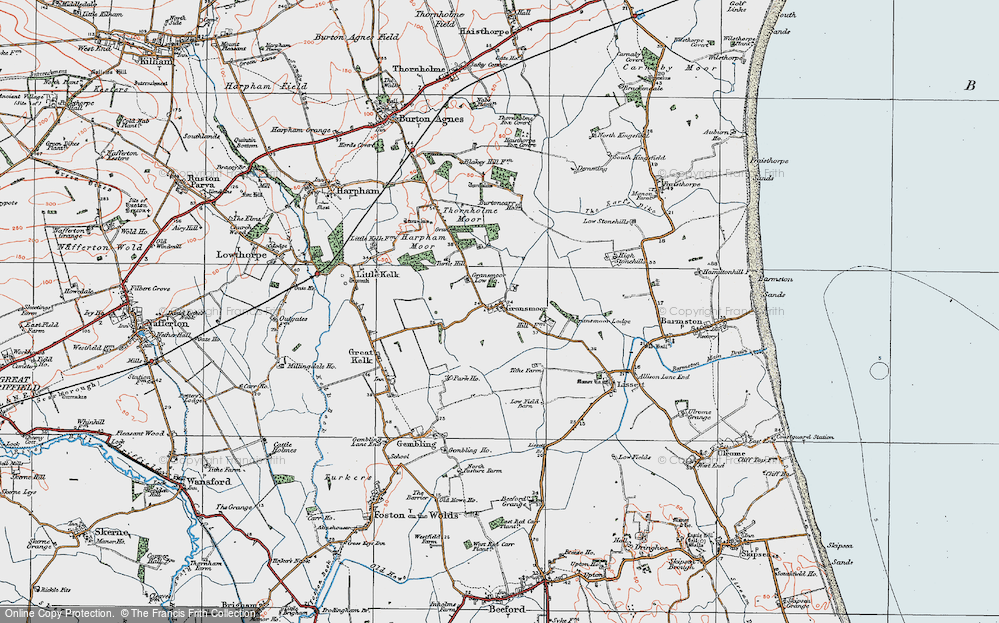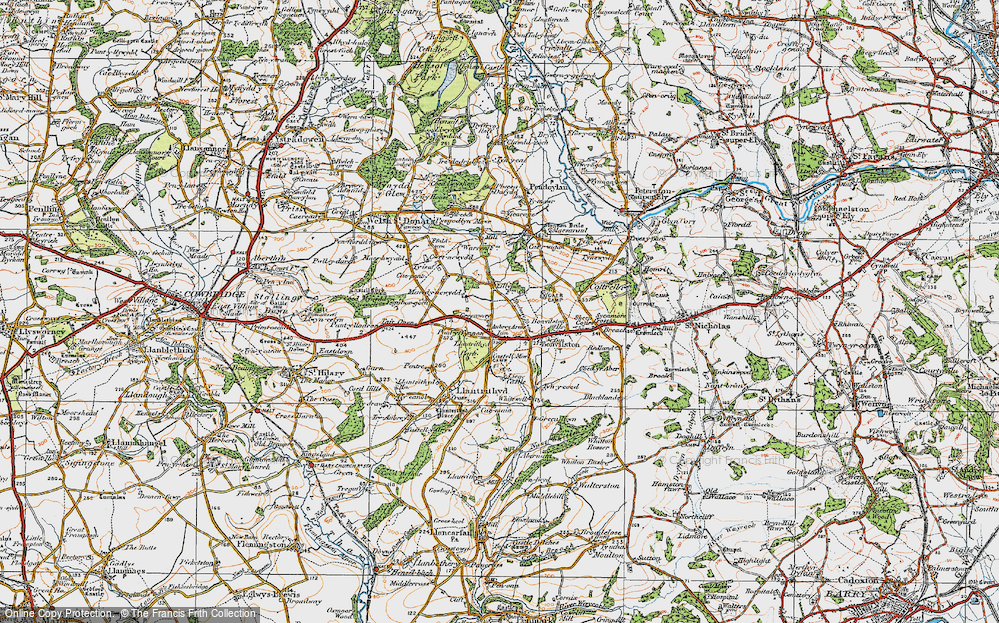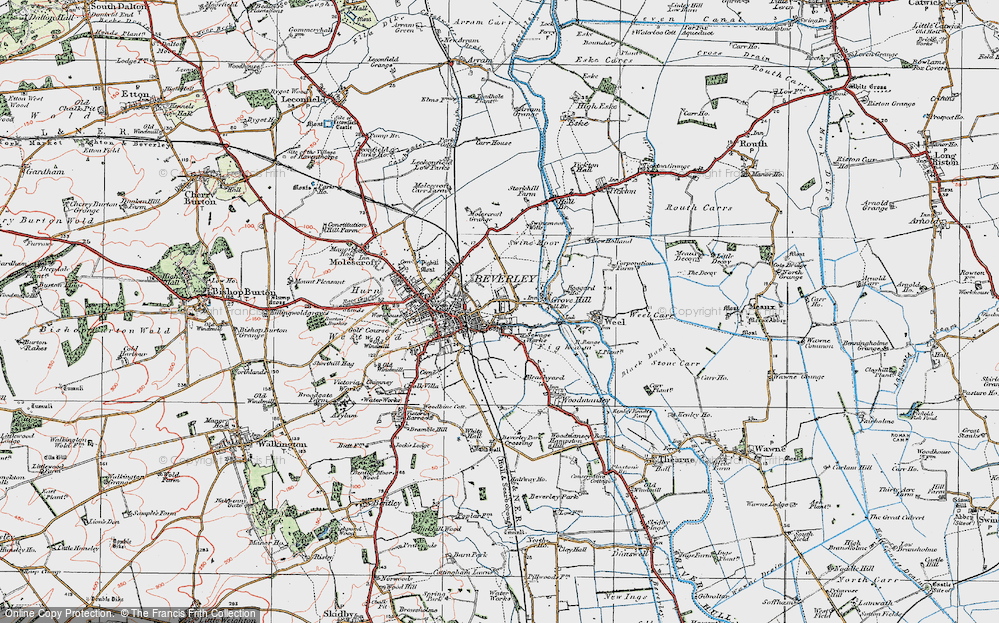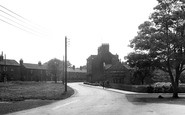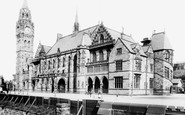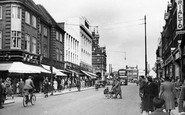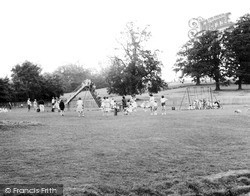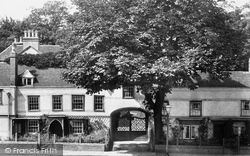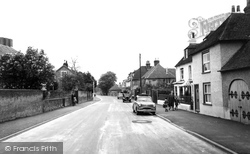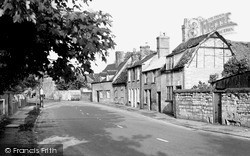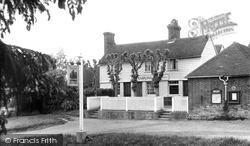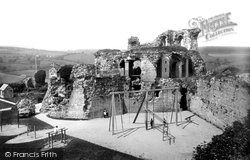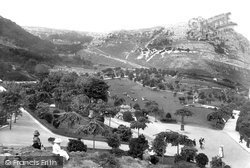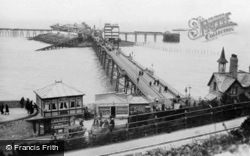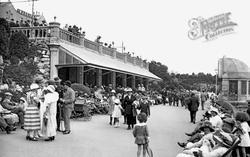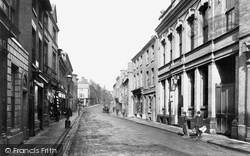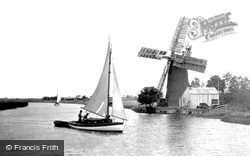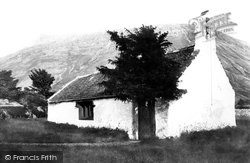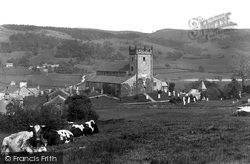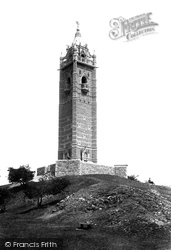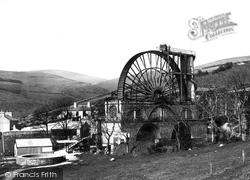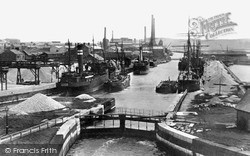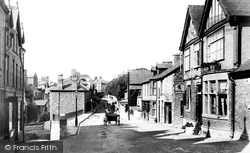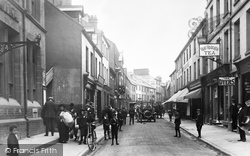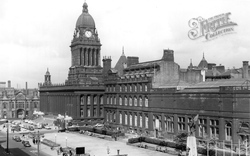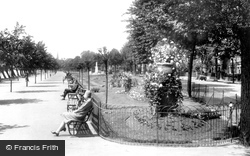Merry Christmas & Happy New Year!
Christmas Deliveries: If you placed an order on or before midday on Friday 19th December for Christmas delivery it was despatched before the Royal Mail or Parcel Force deadline and therefore should be received in time for Christmas. Orders placed after midday on Friday 19th December will be delivered in the New Year.
Please Note: Our offices and factory are now closed until Monday 5th January when we will be pleased to deal with any queries that have arisen during the holiday period.
During the holiday our Gift Cards may still be ordered for any last minute orders and will be sent automatically by email direct to your recipient - see here: Gift Cards
Places
Sorry, no places were found that related to your search.
Photos
Sorry, no photos were found that related to your search.
Maps
7,034 maps found.
Books
163 books found. Showing results 6,193 to 6,216.
Memories
22,913 memories found. Showing results 2,581 to 2,590.
The Hangmen
I was one fifth of a rock band called The Hangmen who played at the Knott Memorial hall in the centre of Heddon-on-the-Wall. Every Sunday we would transport our equipment and instruments to the hall and play songs and tunes ...Read more
A memory of Heddon-on-the-Wall in 1964 by
Look For Pals
My father Arthur Wright was born at no 2 Waterside Cottages on 6 December 1938. He often reminisces about his childhood and his old pals at North Seaton Colliery. Sadly a few are no longer with us but he would like to hear of ...Read more
A memory of North Seaton by
Ww2 Fearnana Refuge In The Storm
A hush lies over Fearnan now except for the songbirds. No cockerels greet the morning. The once abundant fields are barren; many of the cottages are used only for vacations and are shuttered in winter. The 100 ...Read more
A memory of Fearnan by
Hawarden County Grammar School
I was about 14 when I moved to Buckley from Wallasey and went to Hawarden Grammar School. I have good memories of the time there and would like to contact some of my old (now really old) friends from those days. I ...Read more
A memory of Hawarden in 1940 by
Greatham Railway Station, And Station Houses.
Well I lived in Middlesbrough, I used to get the bus to Greatham, my sister Sylvia and I, we would visit our relations Uncle Jack Wright, and Aunty Nellie, we also had another relative there, Uncle ...Read more
A memory of Greatham in 1950 by
Park Follies
Although I lived in London I spent much of the summer holidays with my Auntie Mabel and Uncle Bill in Greenhill Avenue, Rochdale. I was 12 then and spent a lot of the time on Lenny Barn with the local children. The rest of the time I ...Read more
A memory of Rochdale in 1949 by
Eels
We lived at the bottom of Chapelton village, our house facing Chapelton station. When the elvers were due, Dad used to put a pillow case,at the end of a wooden clothes line post, and they swam up the river in columns, and Mother would fry them. You don't get many of them up here in the Midlands.
A memory of Chapelton by
With Mum And Dad In Church Street, Enfield, Middlesex.
I believe this is a photograph of me, James Ernest Thomas Massey, being pushed in my pram by my father Ernest James Massey, and mother Rosina Massey, towards our home above Dolcis shoe shoe at 5 Burleigh Way, Enfield Middlesex, sometime in the first year of my life. God Rest their souls.
A memory of Enfield in 1945 by
Young Lad On The Platforms
I was a 10 year old lad living at the Alexandra Inn now known as the Hungry Fox pub. Being a keen rail fan then and as now, wandering around the station and the platforms watching trains was a regular past time. Of ...Read more
A memory of Broadclyst in 1956 by
I Used To Live Here
I was born in this lovely village but moved when I was about 3 years old. My great-grandmother Dorothy Thomas lived in Ty Llwyd, a small cottage on the road facing the sea front. I remember looking out of the window at night ...Read more
A memory of Ferryside by
Your search returned a large number of results. Please try to refine your search further.
Captions
9,654 captions found. Showing results 6,193 to 6,216.
Present- day attractions at the nearby Leisure Centre, built in the early 1970s, are extensive and include an indoor pool, a sports hall, trampolines, squash and badminton courts, a gym, a sauna, a
The 16th-century Chantry in Hadham Road was built on the site of the original priest's house on lands granted under the will of Baldwyn Victor.
Since the 1930s thousands of houses have been built in Portchester. The A27 is at one end of Castle Street. From the White Hart pub to the castle there are a variety of Georgian red brick properties.
Mill Cottage is on the right, and the River Welland is at the other side of the house. The timbers of the upper storey have since been covered over by sandstone-coloured paint.
The village is named after five ash trees on the green. Twits Gill was once the home of Sir Austen Chamberlain, who was Chancellor of the Exchequer in 1903 and Foreign Secretary in the 1920s.
The 13th-century church of St Mary is built of stone rubble, not the usual flint of the area. Mapson's Farm was built in 1796. At high tides the sea comes very close to the fronts of the buildings.
Here we see Victorian children at play in a playground within the castle ruins. The castle, which dates from 1282, was left to slide into decay following its siege during the Civil War in 1645.
Visitors enjoy the broad prospects from the pleasure gardens on the Great Orme.
This period was perhaps the heyday of the pier, now named the Old Pier.
Further development in this area included the Dutch Oven Bandstand seen here on the right. This was built in 1920 and proved very popular with visitors.
The nearest crossing over the Trent was at Darlaston, which until 1663 was too narrow to take horse-drawn vehicles: they had to take their chances fording the river.
The Broads have been called the pleasure grounds of Norfolk; they are the remains of a huge estuary that once spread over much of the eastern part of the county.
The tiny church of St Olaf at Wasdale Head is said to be among the smallest in England.
The famous church at Hawkshead sits on a little knoll above the village. William Wordsworth's 'snow white church upon her hill' lost its white rendering in 1876.
Positioned cosily under the downs, and with its cluster of thatched and slate-roofed cottages around it, the Perpendicular tower of St Lawrence's Church rises above the surrounding gravestones.
In 1497 John Cabot, under the patronage of Richard Amerycke, sailed from Bristol in the ship 'Matthew'.
Designed by Manxman Robert Casement and commissioned in September 1854 to pump water from the Laxey mines, the wheel was in regular use until 1920.
One of the oldest cargoes handled here was china clay from Cornwall destined for the Potteries.
A hilltop village on the southern edge of the Worth Forest with distant views of both the North and South Downs. St Leonard's church was built in 1895.
Prior to the development of the coastal resort at Colwyn Bay in Victorian times, the old village, lying to the east and just inland from the coast, was known merely as Colwyn.
It is shown here crowded with shoppers and an early car. The street today has been partly pedestrianised. In the early years of the 19th century, there were only 93 houses in the town.
This, the northern gate, stands on the site of the Roman Porta Principalis, the gateway of Eboracum. The barbican was demolished in 1835.
When this picture was taken, the town hall, with its 225 ft tower and spectacular frontage of giant columns and pilasters, was in desperate need of a good clean to rid it of decades of soot and grime.
This view is taken from the east end of Embankment Gardens, where there was a matching urn to that at their west end.
Places (0)
Photos (0)
Memories (22913)
Books (163)
Maps (7034)


